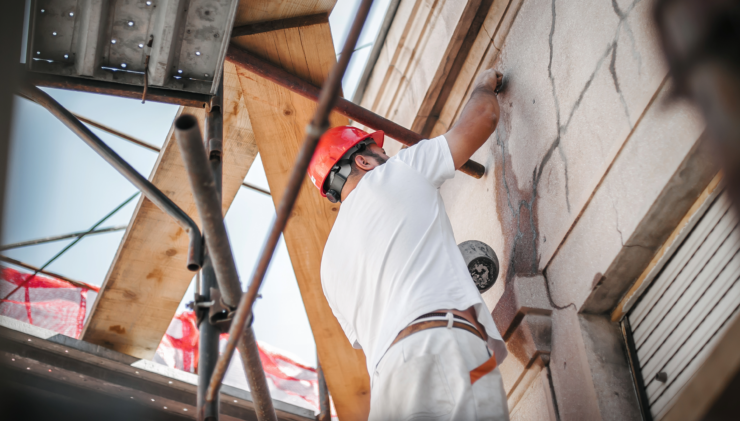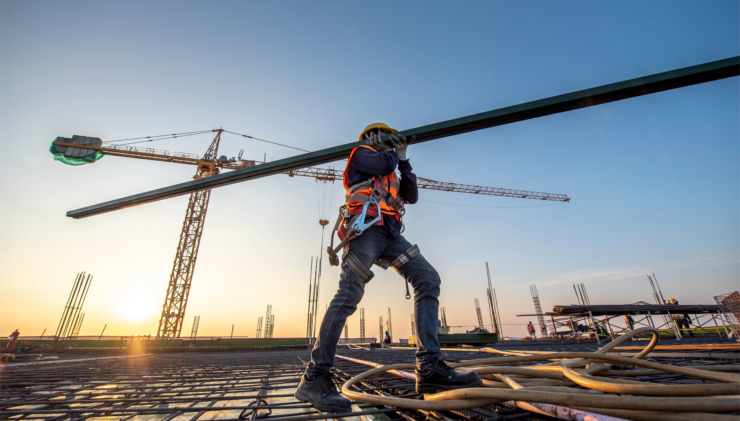 The Construction Industry's New Look at Women in the Workforce
The Construction Industry's New Look at Women in the WorkforceThe current labor shortage and increased awareness of sexual harassment are causing the construction industry to take a new look at how it recruits and retains women in the workforce.
The Construction Labor Shortage
Construction is booming in the United States. According to the U.S. Bureau of Labor Statistics (BLS), the construction industry added 210,000 jobs in 2017. That’s a 35 percent increase over the previous year. In December 2017 alone, 30,000 jobs were added.
But there is a downside to all this growth: a shortage of skilled labor. The construction industry is scrambling to find enough skilled workers to meet growing demands.
Women could be a largely untapped source of new workers. Only 9.1 percent of construction workers are women, and only 7 percent of construction managers are women. Construction companies struggling to find new employees should assess what they’re doing to attract women.
Safety Issues
Since 2013, the U.S. Department of Labor’s Occupational Safety and Health Administration (OSHA) has been working with the National Association of Women in Construction (NAWIC) to facilitate a safe work environment. In December 2017, the two organizations renewed their alliance.
According to Safety + Health, the partnership intends to focus on the safety and health hazards that women in construction face.
Personal protective equipment that does not fit correctly is one serious hazard for women in construction. Sanitary facilities on construction sites can pose another problem. OSHA has a site dedicated to the health and safety issues faced by women in construction.
Sexual Discrimination
Providing a safe and healthy work environment also means providing a workplace that is free from sexual discrimination. This includes creating hiring and pay policies that do not discriminate against women.
It’s also important to create a workplace that does not allow sexual harassment. As the #MeToo movement and the downfall of men like Harvey Weinstein have shown, women are taking a stand against workplace harassment. Although much attention has been given to Hollywood, other industries – including construction – should also take note.
The U.S. Equal Employment Opportunity Commission handled 25,605 sex-based charges in 2017, involving more than $135 million in monetary benefits. This does not include charges filed with state or local bodies, nor does it include monetary benefits obtained through litigation.
To avoid legal, morale and reputational damage, employers should do the following:
- Create and enforce a written policy that defines and prohibits sexual harassment.
- Create a procedure for reporting sexual harassment.
- Respond promptly and thoroughly to complaints of sexual harassment and take appropriate action against offenders.
- Never retaliate against employees for reporting sexual harassment or respond to complaints dismissively.
- Provide sexual harassment training, especially to supervisors, after an incident or as required by state law.
As always, Heffernan Insurance is your partner in construction insurance and risk management. Contact us with any questions you may have.



